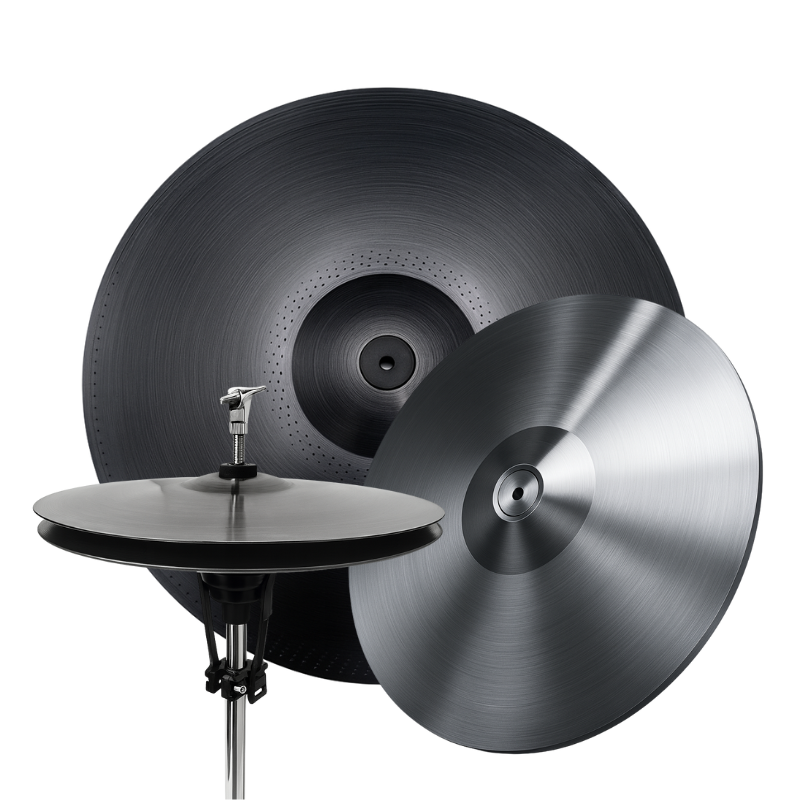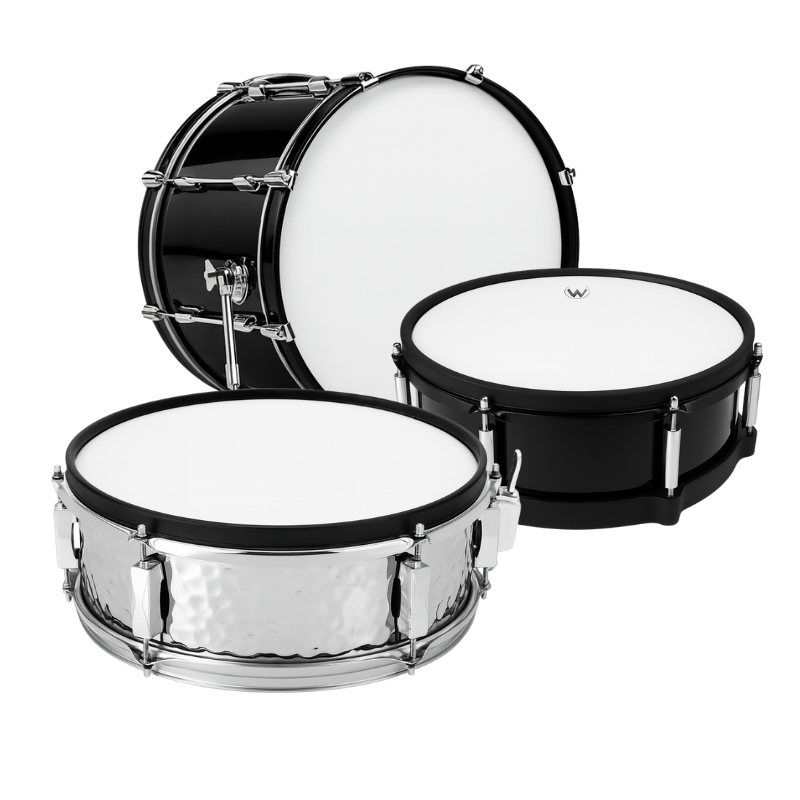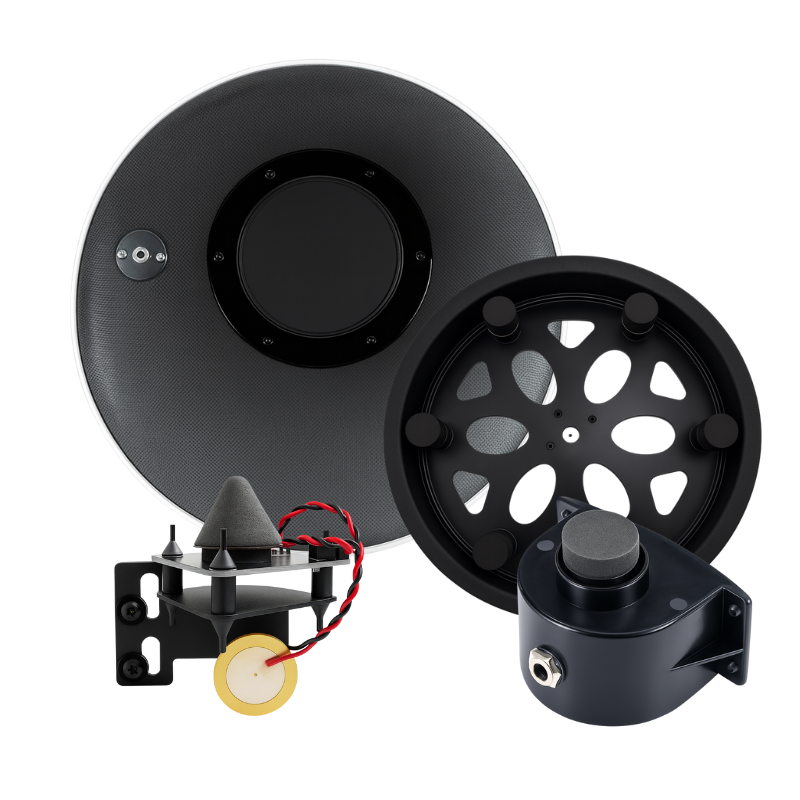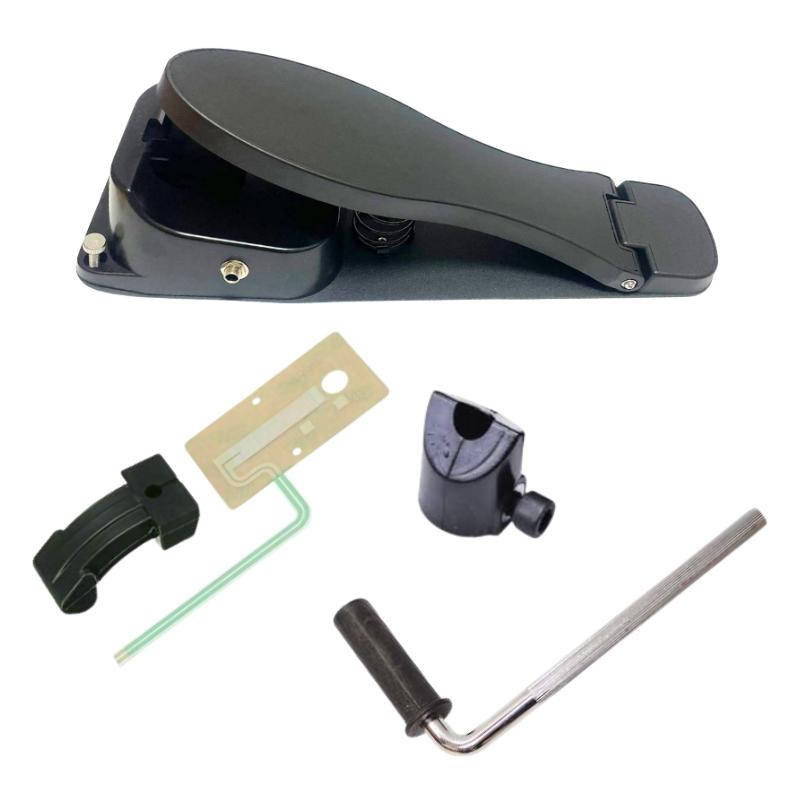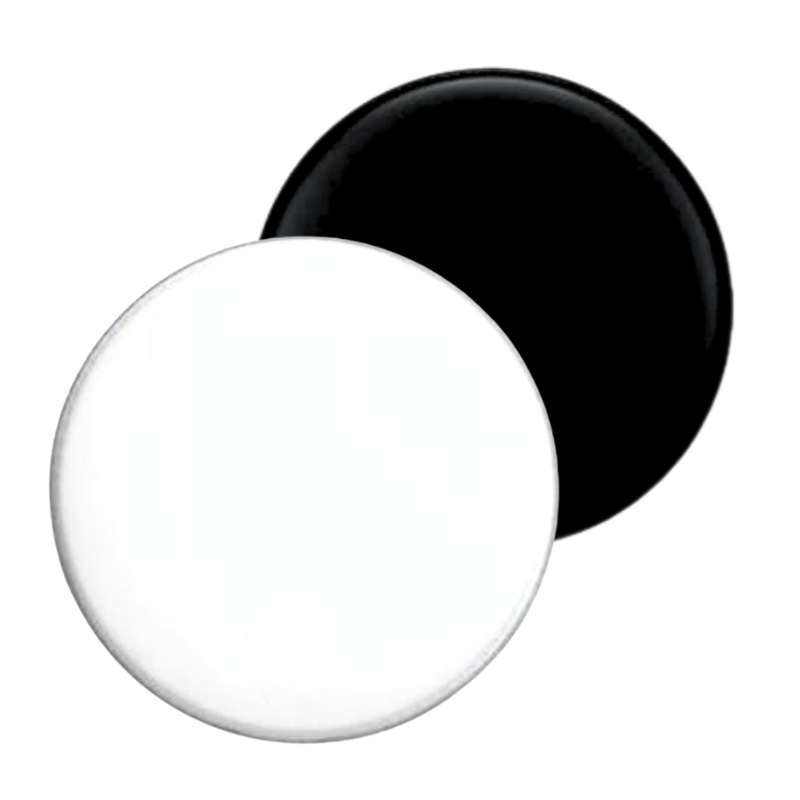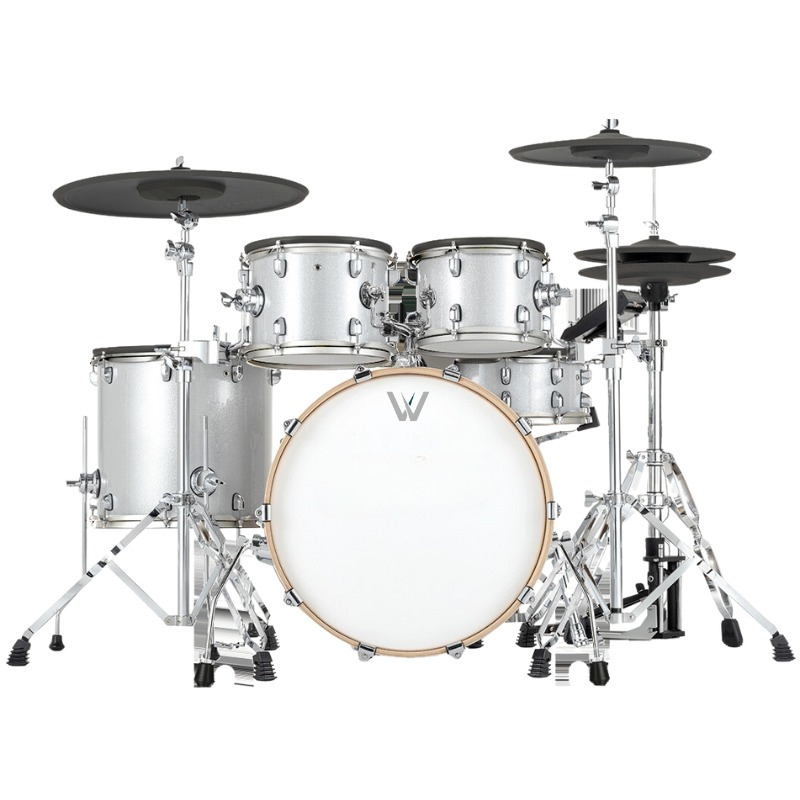
Should I Upgrade My Electronic Drum Kit – And If So, How?
Share
Upgrading your electronic drum kit is one of the most exciting decisions for any drummer — but it can also be overwhelming. Should you start with the module, the pads, the cymbals, or the hardware? Is it worth replacing just a few components instead of buying a whole new kit? And how do you make sure the gear you choose is compatible with your current setup?
This professional-level course will walk you through every stage of the decision-making and upgrading process, so you can invest your budget where it will have the biggest impact on your playing.
Lesson 1 – Why Consider Upgrading?
Before you think about shopping, you need to clearly understand why you want to upgrade. Common reasons include:
Improved Sound Quality – Modern modules deliver multi-layer samples, higher bit rates, and more dynamic realism.
Better Playability & Feel – Larger pads, multi-zone cymbals, and realistic hi-hats improve your technique and performance.
Expanded Features – Bluetooth audio, MIDI connectivity, built-in recording, and compatibility with drum software like Superior Drummer or EZdrummer.
Stage & Studio Readiness – Pro-level hardware stability, expanded input/output options, and trigger sensitivity for precise playing.
Lesson 2 – Assessing Your Current Kit
Before deciding what to buy, audit your existing kit:
Sound Module – Does it have enough custom kits, effects, and connectivity for your needs?
Pads – Are they responsive across the playing surface? Are they big enough for comfortable playing?
Cymbals – Can they handle edge/bow/bell triggering? Are they choking reliably?
Hi-Hat – Does it track open/closed positions smoothly?
Rack/Stand – Is it stable and expandable?
Write down the strengths and weaknesses — this will help you set upgrade priorities.
Lesson 3 – The Upgrade Order That Makes Sense
Upgrading randomly can waste money. Professional drummers often follow this sequence:
Sound Module (Brain)
Often the single biggest improvement in sound realism and flexibility.
Newer modules add advanced trigger settings, high-resolution samples, and more outputs.
Example: Upgrading from an entry-level module to a mid/high-end unit can transform the kit’s feel entirely.
Cymbals
Multi-zone cymbals (edge, bow, bell) increase musical expression.
Larger diameters feel more natural for acoustic drummers transitioning to e-drums.
See our full range here: Electronic Cymbals
Pads
Larger mesh pads improve rebound and allow better stick control.
Dual or triple-zone snare pads offer cross-stick and rimshot capability.
See recommended options here: Electronic Pads
Rack/Stand
A stable, adjustable rack improves ergonomics and durability.
See our selection here: Electronic Drum Stands
Hi-Hat System
A responsive hi-hat is essential for groove accuracy — consider an optical or magnetic controller for better tracking.
Lesson 4 – Compatibility Checks
Before you buy:
Trigger Zones – Make sure your module supports the number of zones your new pad/cymbal offers.
Wiring – Check if you need TRS (stereo) or TS (mono) cables.
Input Availability – Ensure your module has free trigger inputs for expansion.
User Feedback – Check drumming forums for compatibility reports between your module and the gear you want.
Lesson 5 – Budget & Smart Buying
You don’t need to upgrade everything at once.
Prioritize bottlenecks – Upgrade the weakest component first.
Mix brands – Third-party pads and cymbals are often fully compatible and more affordable.
Buy once, cry once – Investing in pro-level gear now can save you from replacing it later.
Lesson 6 – Installation & Setup
When you install a new component:
Update your trigger settings (sensitivity, scan time, crosstalk).
Position hardware ergonomically to prevent fatigue.
Spend time playing slow, dynamic exercises to feel the new response.
Lesson 7 – When a Full Kit Upgrade Is Better
Sometimes, replacing the whole kit is the smarter move:
If your module is outdated and limits all other components.
If your upgrade list costs nearly as much as a new kit.
If you want matching aesthetics for professional stage presence.
Lesson 8 – Maintaining Your Investment
Clean pads and cymbals regularly with a soft cloth.
Avoid using worn or chipped sticks that can damage mesh heads.
Store gear in a dry environment to prevent corrosion.
Connect & Learn More
For more tips, product demos, and drumming content:
YouTube: Wdrummers Official Channel
Instagram: @worldrummersofficial


